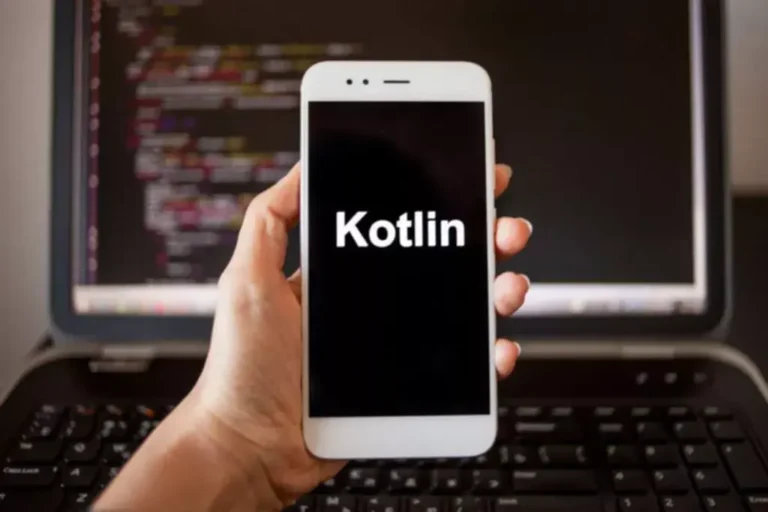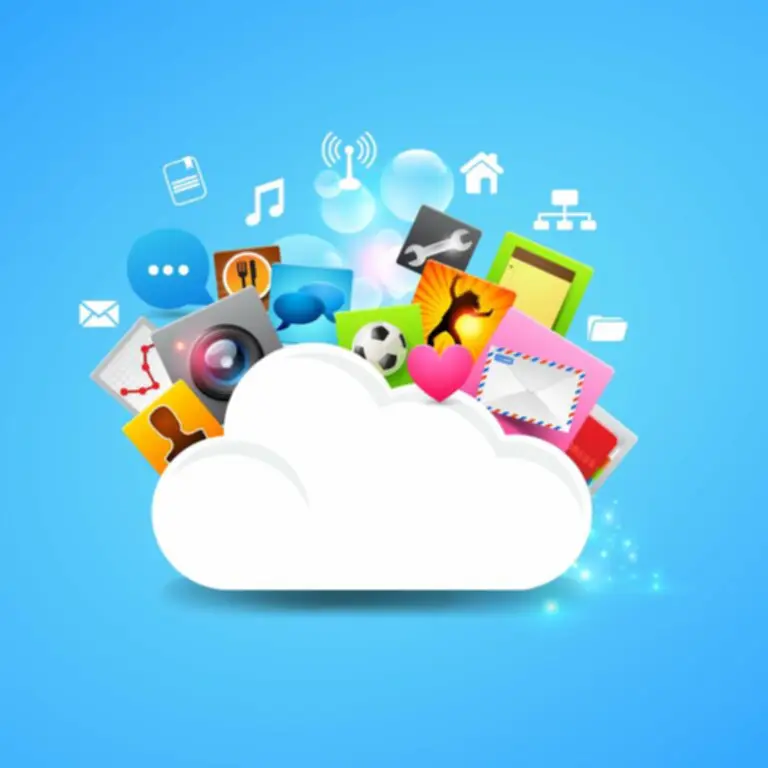The project concerned processing and analyzing vast quantities of genetic knowledge, which was distributed throughout multiple machines for sooner computation. In today’s digital panorama, distributed methods have become the spine of recent computing, powering everything from net functions to cloud platforms. Understanding the intricacies of distributed systems is essential for builders and engineers to leverage their benefits cloud computing vs distributed computing while addressing the challenges they present. Let’s dive into what distributed techniques are, their advantages, challenges, examples, and finest practices.
Different Sorts Of Distributed Utility Models
Ethereum.org presents studying sources that teach dapp and software growth on the blockchain. Another example of a distributed application is the web browser Tor, which uses a distributed overlay community to anonymize Transmission Control Protocol-based applications. Concurrency refers to the capability of a distributed computing system to execute numerous processes simultaneously.
Current Present Developments In Know-how

This architecture is decentralized, that means that duties and knowledge are distributed among all friends and not utilizing a central coordinating server. N-tier structure in distributed computing refers to a multi-layered setup the place software processing is separated into distinct layers or tiers, every probably working on completely different bodily servers. This architecture allows for more efficient distribution and scaling of tasks. Access controls limit unauthorized customers from sensitive information. The community connects these nodes, permitting them to share resources and information.
- Blockchain, a distributed ledger expertise, has paved the way in which by providing a safe, clear, and tamper-proof approach to report transactions (highly immune to hacking and fraud).
- Containerization technologies like Docker and Kubernetes have transformed the way in which applications are developed, deployed, and managed in distributed environments.
- Distributed computing ramps up performance levels by splitting giant processing jobs into smaller computing duties, which are shared by numerous computers.
- Reports recommend the European blockchain market may attain $39 billion by 2026, with a significant CAGR of over 47%.
What Is The Distinction Between Distributed Computing And Cloud Computing?
Cloud computing represents a major application of distributed computing. Organizations depend on cloud computing providers to retailer, handle, and process information. This strategy allows companies to entry resources on-demand without investing in physical infrastructure.
Edge computing brings processing power nearer to the data supply, decreasing latency and enabling real-time decision-making. With the proliferation of Internet of Things (IoT) units, edge computing is turning into important for applications that require rapid knowledge evaluation and response. Technologies like edge servers and edge gateways extend the capabilities of distributed methods to the sting of the community, facilitating efficient data processing and storage. Cloud computing is a model for delivering computing services over the internet. It supplies on-demand entry to shared computing assets, similar to servers, storage, and purposes, without direct lively management by the person.
Integrating these applied sciences into schooling is not merely a trend however a necessity to equip college students with the talents they want to thrive sooner or later workforce. Though each technologies are independently powerful, their potential for innovation and disruption is amplified when combined. This article explores the pressing questions surrounding the inclusion of blockchain and cloud computing in training, providing a complete overview of their significance, benefits, and challenges. Amp up the demand in a distributed computing system, and it responds by adding more nodes and consuming more sources.
Distributed methods provide quicker efficiency with optimum useful resource use of the underlying hardware. As a outcome, you possibly can manage any workload with out worrying about system failure due to quantity spikes or underuse of costly hardware. Distributed methods deliver many benefits over single system computing.
As we stand at the “crossroads of infinity,” there’s a vital skill shortage, which is ready to probably increase with the speedy adoption of these applied sciences. A 2023 research by SoftwareOne found that 95% of businesses globally face a cloud abilities hole. Specific expertise in excessive demand embody cloud safety, cloud-native growth, and experience in leading cloud platforms like AWS, Azure, and Google Cloud. The European Commission’s Digital Economy and Society Index (DESI) highlights a necessity for improved digital abilities in areas like blockchain to assist the EU’s digital transformation goals. A 2023 report by CasperLabs found that 90% of businesses in the US, UK, and China adopt blockchain, but information gaps and interoperability challenges persist.
That’s right, the large community that is the internet is an example of distributed computing, as is every application that makes use of the world broad web. Chrissy Kidd is a expertise author, editor, and speaker primarily based in Baltimore. The managing editor for Splunk Learn, Chrissy has covered a variety of tech matters, together with ITSM & ITOps, software improvement, sustainable know-how, and cybersecurity. Previous work contains BMC Software, Johns Hopkins Bloomberg School of Public Health, and a quantity of other start-ups. She’s particularly excited about how tech intersects with our day by day lives.
While distributed computing is concerning the system architecture, cloud computing is extra about service supply. Big knowledge processing depends closely on distributed computing techniques. Distributed computing coordinates duties throughout multiple nodes, guaranteeing fast information analysis.

Fairness, privateness, and transparency will information the evolution of Distributed methods. Understanding these developments will allow you to stay ahead within the ever-evolving world of Computing. Distributed systems require sufficient bandwidth for optimal performance. Data Scientists are experts in statistical analysis and use their abilities to interpret and extract which means from data.
It offers an upper bound on the variety of operations required for an algorithm to complete, as a function of its input dimension. This helps in understanding how an algorithm will behave as the enter size grows, and in comparing the efficiency of different algorithms. The notation is broadly utilized in computer science and software program engineering, significantly in the evaluation of sorting algorithms, searching algorithms, and different frequent information buildings.
Google File System (GFS) is a distinguished instance of a distributed file system. GFS is designed to supply environment friendly, reliable access to knowledge using large clusters of commodity hardware. It achieves this by way of replication – storing a quantity of copies of data throughout completely different machines – thereby ensuring knowledge availability and reliability even in the event of hardware failure.
The consumer software program or laptop accesses the info from the server or cloud setting, while the server or cloud processes the information. Cloud computing can be utilized instead of servers or hardware to process a distributed application’s knowledge or applications. If a distributed software part goes down, it could failover to another component to continue working.

Transform Your Business With AI Software Development Solutions https://www.globalcloudteam.com/ — be successful, be the first!